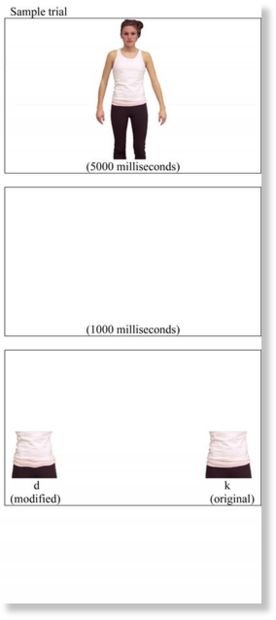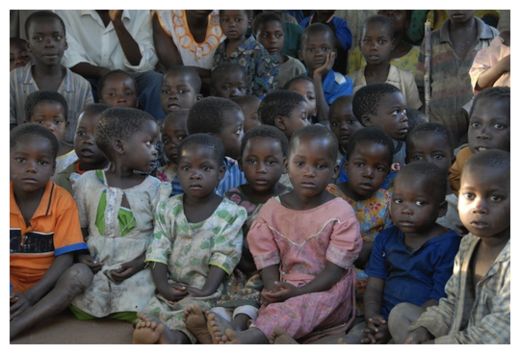
© University of Nebraska-LincolnIn a new study that examined our cognitive process in how we perceive men and women, participants saw a fully clothed person from head to knee. After a brief pause, they then saw two new images on their screen: One that was unmodified and contained the original image, the other a slightly modified version of the original image with a sexual body part changed. Participants then quickly indicated which of the two images they had previously seen. They made decisions about entire bodies in some trials and body parts in other trials.
When casting our eyes upon an object, our brains either perceive it in its entirety or as a collection of its parts. Consider, for instance, photo mosaics consisting of hundreds of tiny pictures that when arranged a certain way form a larger overall image: In fact, it takes two separate mental functions to see the mosaic from both perspectives.
A new study suggests that these two distinct cognitive processes also are in play with our basic physical perceptions of men and women -- and, importantly, provides clues as to why women are often the targets of sexual objectification.
The research, published in the
European Journal of Social Psychology, found in a series of experiments that participants processed images of men and women in very different ways. When presented with images of men, perceivers tended to rely more on "global" cognitive processing, the mental method in which a person is perceived as a whole. Meanwhile, images of women were more often the subject of "local" cognitive processing, or the objectifying perception of something as an assemblage of its various parts.
The study is the first to link such cognitive processes to objectification theory, said Sarah Gervais, assistant professor of psychology at the University of Nebraska-Lincoln and the study's lead author.
"Local processing underlies the way we think about objects: houses, cars and so on. But global processing should prevent us from that when it comes to people," Gervais said. "We don't break people down to their parts - except when it comes to women, which is really striking. Women were perceived in the same ways that objects are viewed."
In the study, participants were randomly presented with dozens of images of fully clothed, average-looking men and women. Each person was shown from head to knee, standing, with eyes focused on the camera.


Comment: Read also Ponerology 101: Snakes in Suits for a great explanation of the book.